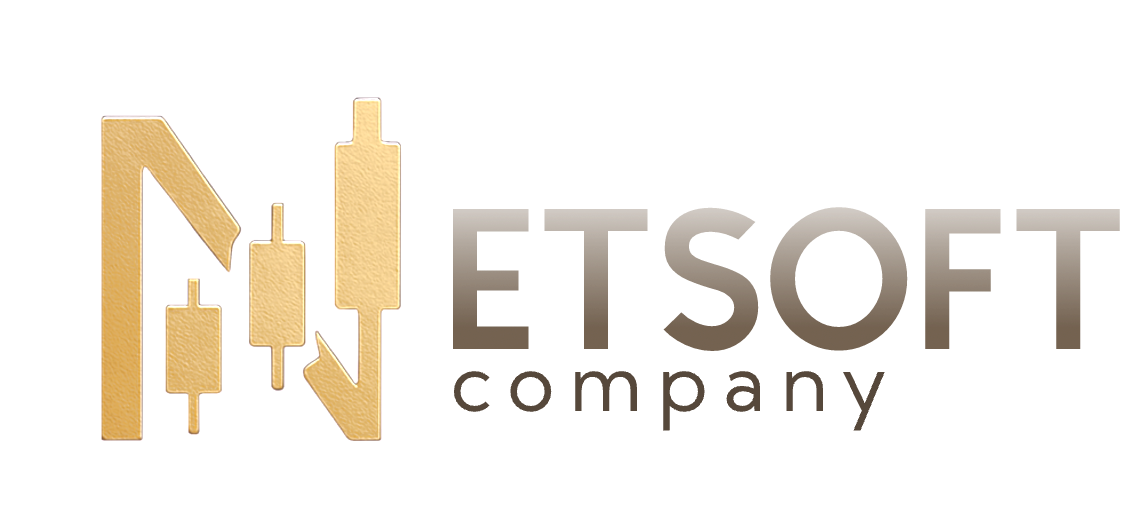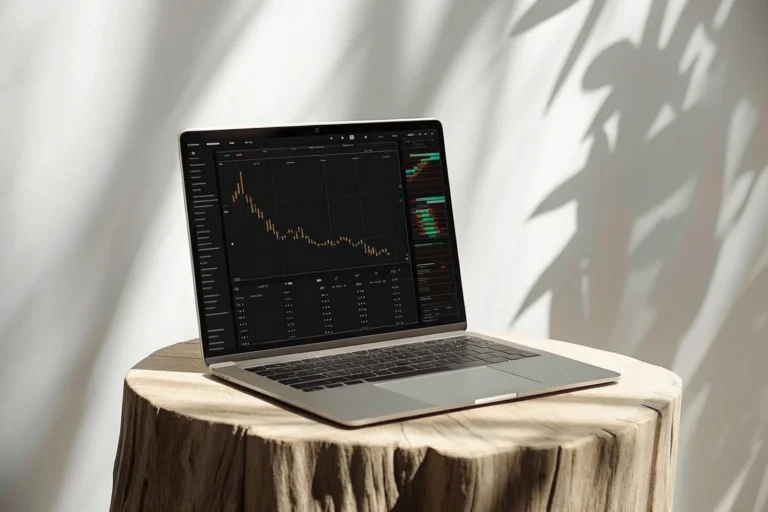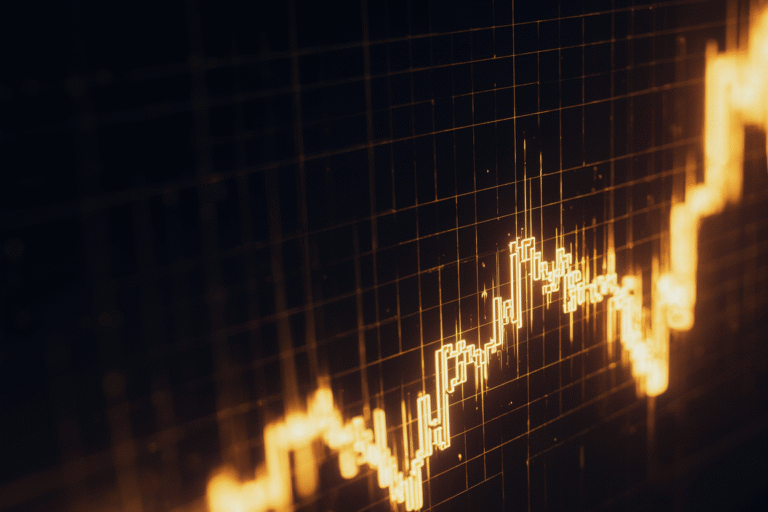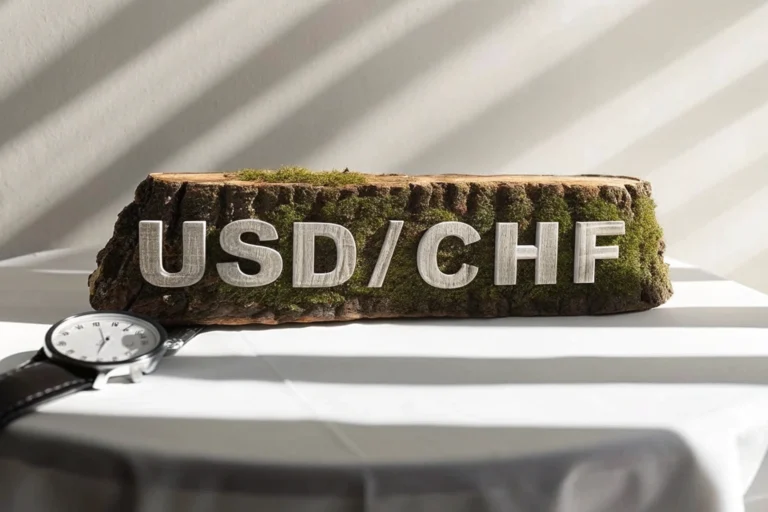What Is Free Margin? Calculating Available Buying Power

What Is Free Margin in Forex Trading?
Free margin represents the portion of your trading account equity that is not tied up in current open positions. In other words, once you’ve allocated a certain amount of funds to maintain your existing trades (used margin), the remaining balance becomes your free margin — the capital available to enter new positions or to absorb floating losses.
Understanding Margin Levels: Free Margin, Used Margin, and Equity
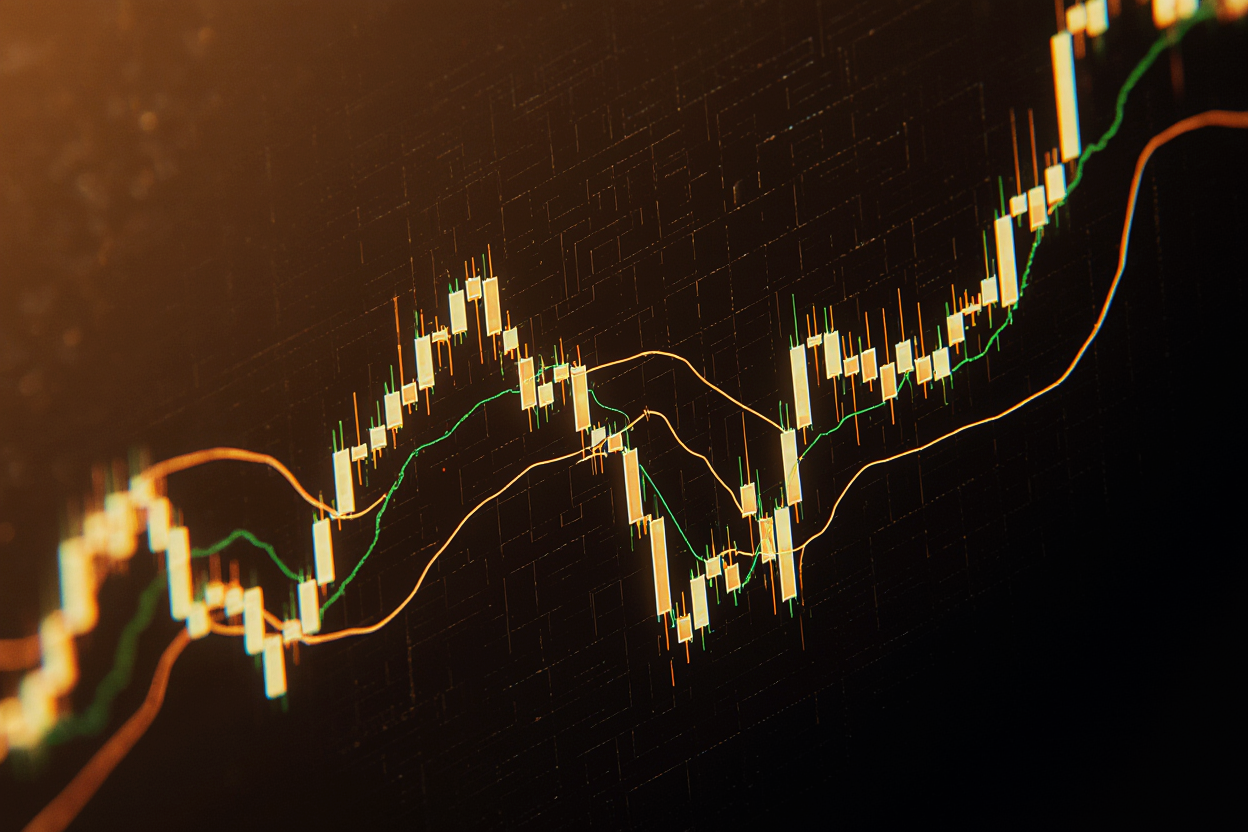
Before diving deeper into free margin, it’s crucial to distinguish between three closely related concepts:
- Used Margin: The funds set aside by your broker to keep your existing positions open.
- Equity: Your account’s total value, calculated as Equity = Balance + Floating Profit – Floating Loss.
- Free Margin: The difference between your equity and used margin:
> Free Margin = Equity – Used Margin
What is Used Margin?
Used margin is essentially a security deposit on each of your open trades. For example, if you open a 1 lot EUR/USD position with 1% margin requirement and sized $100,000, your used margin is $1,000.
The Effect of Equity on Your Free Margin
If your account has $5,000 in it, and you have an open position with $1,000 of used margin, the used margin was $1,000. If that position has a $200 profit, then your equity is at $5,200, which gives you $4,200 of free margin. If your position has a loss of $200, however, and your equity is below $5,000, your free margin is now $3,800.
The Formula for Calculating Free Margin
Calculating free margin is straightforward:
Free Margin = Equity – Used Margin
Where:
- Equity = Account Balance + Floating P/L
- Used Margin = Sum of Margins for All Open Positions
By regularly monitoring these numbers, you ensure you always have sufficient buying power to capitalize on market opportunities.
Free Margin vs. Margin Level: What’s the Difference?
Although related, free margin and margin level serve different purposes:
- Free Margin (absolute): The dollar (or account currency) amount available for new trades or to cover unrealized losses.
- Margin Level (percentage): Ratio of equity to used margin, calculated as (Equity ÷ Used Margin) × 100%.
A high margin level indicates healthy buffer; a margin level below your broker’s maintenance threshold can trigger a margin call.
Why Free Margin Matters for Your Trading Power
How Free Margin Affects Your Buying Power
If your free margin is $2,000, and your broker requires $500 of margin for each new lot, then you have enough margin to open four new positions of 1 lot each. Remember that any pip movement in the new position will also affect your free margin.
What Is A Safe Free Margin To Avoid Margin Calls?
Most brokers will issue margin calls if your account margin level drops below 100% – 150%. A safe level of margin would be to keep your account margin level above 200%, which gives you plenty of free margin to maneuver against short-term market moves.
What Happens If Free Margin Drops to Zero?
Free margin of $0 means your total equity is tied up: you have no more margin for loss. In this case, if the market moves against you, your broker will begin to automatically start closing your positions (stop-out), before your account ends up going negative.
Example: Calculating Free Margin Step by Step
- Account Balance: $10,000
- Open Position A: Used margin $1,500, current P/L +$300
- Open Position B: Used margin $2,000, current P/L –$100
- Equity = $10,000 + $300 – $100 = $10,200
- Total Used Margin = $1,500 + $2,000 = $3,500
- Free Margin = $10,200 – $3,500 = $6,700
- Equity = $10,000 + $300 – $100 = $10,200
With a $6,700 free margin, you have significant capacity for new trades.
How to Monitor and Manage Your Free Margin
Best Practices for Maintaining Healthy Free Margin
- Use Stop-Loss Orders: Limit drawdowns so equity — and thus free margin — remains resilient.
- Avoid Over-Leverage: Higher leverage multiplies used margin, reducing free margin cushion.
- Diversify Positions: Correlated trades can drain free margin simultaneously.
Tools and Platforms to Track Free Margin in Real Time
Contemporary trading platforms (e.g., MetaTrader 4 (MT4), MetaTrader 5 (MT5) automatically show free margin as well as margin level on your trading dashboard, and many also allow you to set alerts to signify when free margin drops below a custom threshold.
Strategies to Increase Your Free Margin
Adjusting Leverage to Optimize Free Margin
Reducing your leverage ratio (for example going from 1:500 to 1:200), increases the margin requirement per trade. This may seem opposite to what you would think. This forces you into smaller position sizes and amount of margin used overall, preserving more free margin.
Managing Open Positions to Free Up Buying Power
Closing small, underperforming trades or scaling down position size can instantly liberate used margin, boosting your free margin and reducing risk.
Common Free Margin Mistakes and How to Avoid Them
- Chasing Losses: Adding to losing positions further depletes free margin.
- Ignoring News Events: High-volatility announcements can spike used margin via margin cushion requirements.
- Not Factoring Overnight Swaps: Swap fees may eat into equity overnight, trimming free margin unexpectedly.
Frequently Asked Questions About Free Margin
How Much Free Margin Do I Need to Trade Forex?
There’s no one-size-fits-all answer — it depends on your strategy’s risk profile. However, a rule of thumb is to maintain at least 50% of your balance as free margin.
Why Is My Free Margin Low Despite Profitable Trades?
Profitable trades boost equity, but if you open new positions immediately, the used margin for those trades can offset profit gains, keeping free margin relatively unchanged.
Can I Increase Free Margin Without Adding Capital?
Yes — you can accomplish this by closing or reducing positions and thus reducing the used margin, adjusting your leverage, or simply waiting for your profitable trades to settle into your account.
Mastering free margin calculations and management is the thing that makes your trading account flexible, robust, and ready to take advantage of trading opportunities — without any unexpected calls to issue your margin!
